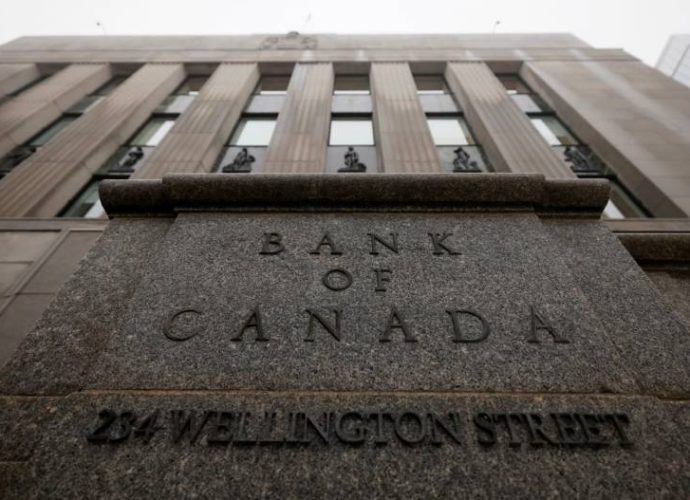On Wednesday, the Bank of Canada cut its main lending rate by 25 basis points to 2.75 percent, warning that “heightened trade tensions” might disrupt the year’s solid economic start.
“The Canadian economy entered 2025 in a solid position,” with low inflation and “robust GDP growth,” the bank stated.
“However, heightened trade tensions and tariffs imposed by the United States will likely slow the pace of economic activity and increase inflationary pressures in Canada.”
The central bank’s seventh straight rate drop was largely expected after its attempts to slow inflation with higher interest rates proved to be successful.
The bank forecasts that inflation will climb to 2.5 percent in March, up from 1.9 percent today.
Economic growth has recently exceeded expectations, according to the report, but “pervasive uncertainty created by continuously changing US tariff threats is restraining consumers’ spending intentions and businesses’ plans to hire and invest.”
These negative effects have been largely mitigated by an increase in exports prior to the imposition of tariffs, according to the bank.
Tiff Macklem, governor of the Bank of Canada, stated that interest rates were decreased to assist mitigate the effects of trade volatility.
However, he stated that the bank will “proceed carefully with any further changes to our policy rate.”
Analysts believe the central bank will continue to cut interest rates to 2.25 percent by June, with some warning a trade war with the United States may push Canada into a “shallow recession.”
Officials, however, cautioned that additional cuts are not certain, stating that “monetary policy cannot offset the effects of a trade war.”
They pointed out that a weaker economy often lowers costs, but tariffs would have the reverse impact, providing a problem for policymakers.
CIBC analyst Avery Shenfeld referred to Wednesday’s rate decrease as a “Band-aid,” warning that “we don’t yet know the size of the economic wound that will be opened up by US trade policy ahead.”


